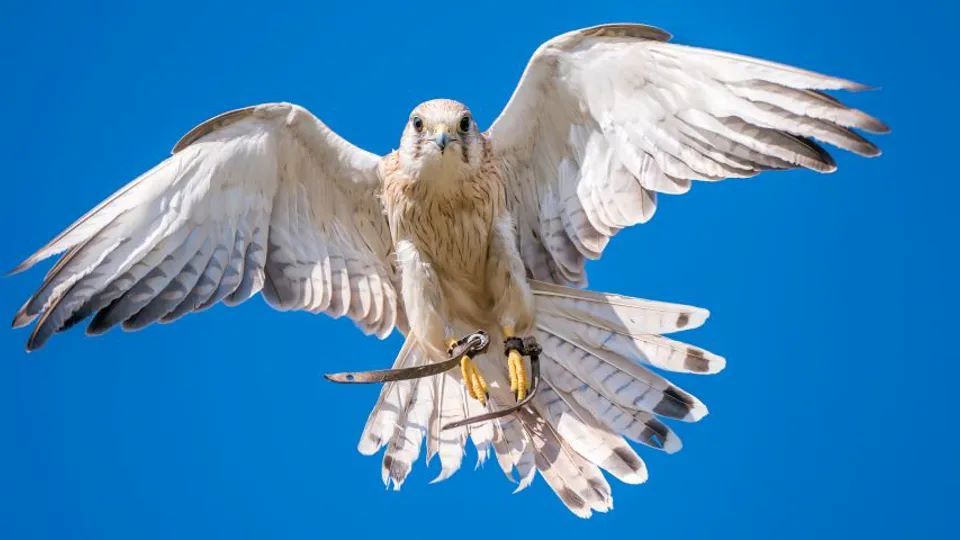The steady flight of kestrels could serve as an influence on future drone designs and flight control strategies, according to a joint study by Australia’s Royal Melbourne Institute of Technology and the University of Bristol.
The study, conducted in the wind tunnel at the Royal Melbourne Institute of Technology (RMIT), is the first to precisely measure the stability of a kestrel’s head during hovering flight, finding movement of less than 5mm when the bird was exhibiting hunting behaviour. The team’s results were published in the Journal of Experimental Biology.
“Typically, aircraft use flap movements for stabilization to achieve stability during flight,” said Dr Abdulghani Mohamed, lead researcher at RMIT. “Our results, collected over several years, show that birds of prey rely more on changes in surface area, which is crucial as this could be a more efficient way to achieve stable flight even in fixed-wing aircraft.”
Kestrels and other birds of prey can hold their heads and bodies extremely still when hunting. This wind hovering allows the birds to stay in place without flapping in the right wind conditions. They achieve stability by making small adjustments to the shape of their wings and tail.
Using camera and motion capture technology, the research team observed two Nankeen kestrels trained by the Leigh Valley Hawk and Owl Sanctuary in high resolution. Equipped with reflective markings, the birds’ precise movements and flight control techniques were tracked in detail during non-flapping flight.
“Previous studies involved birds flying calmly through turbulence and gusts in wind tunnels. In our study, we followed a hoverwind flight behavior in which the birds actively maintain extreme stability. This allowed us to investigate the pure control response without wing flapping,” said Dr. Mohamed.
By mapping these movements, the researchers gained insights that could be used to achieve more stable flight of fixed-wing aircraft.
“The wind hovering behavior we observed in kestrels is the most comparable behavior in the bird world to fixed-wing aircraft,” said Dr. Mohamed. “Our findings on wing surface changes could be applied to the design of morphing wings in drones to improve their stability and make them safer in bad weather.”
Dr Shane Windsor, associate professor of bio-inspired aerodynamics at the University of Bristol and co-author of the study, said the usefulness of current fixed-wing unmanned aerial vehicles (UAVs) is significantly reduced by their inability to operate in gusty winds.
“In the UK, drones are being used to deliver mail to remote islands, but their operational time is limited due to regular gusts. Current commercial fixed-wing aircraft must be designed with a fixed geometry and optimised to operate in one flight condition.”
“The advantage of morphing wings is that they can be continuously adapted to different conditions during flight, making the aircraft much more maneuverable and efficient.”
Next, the team will study the birds in gusty and turbulent conditions to gain further insight into stable flight, making UAV use safer and more common. In the future, the team hopes to simplify the data collected so it can be adapted for larger aircraft.

